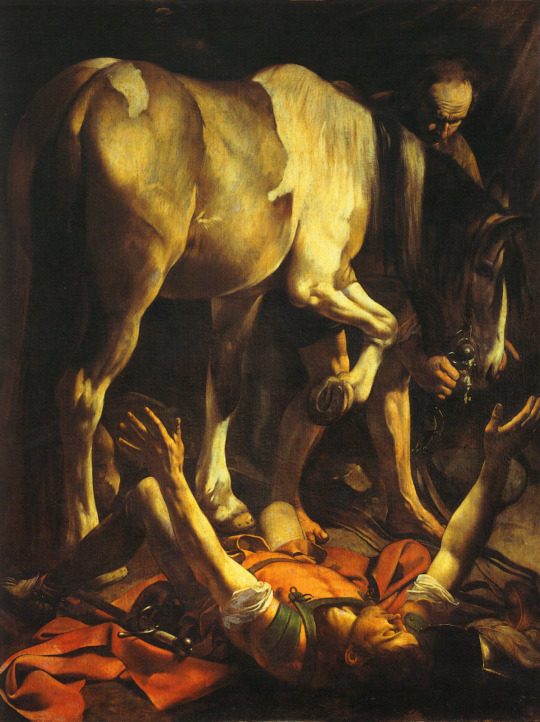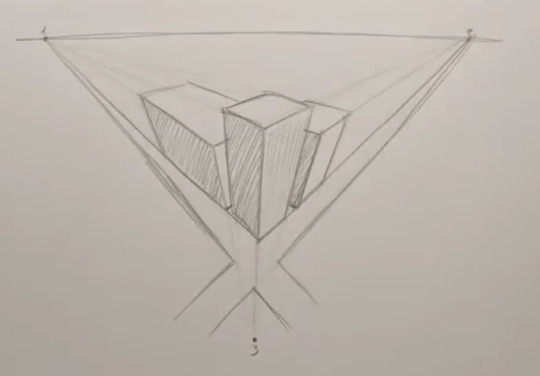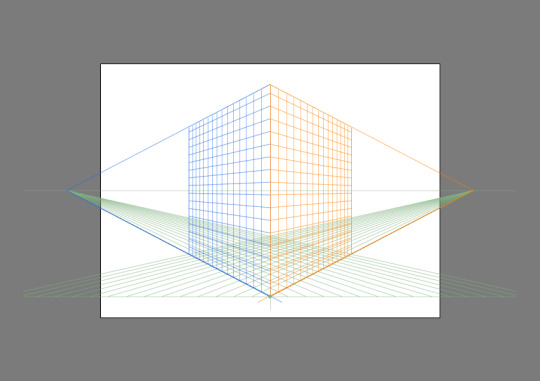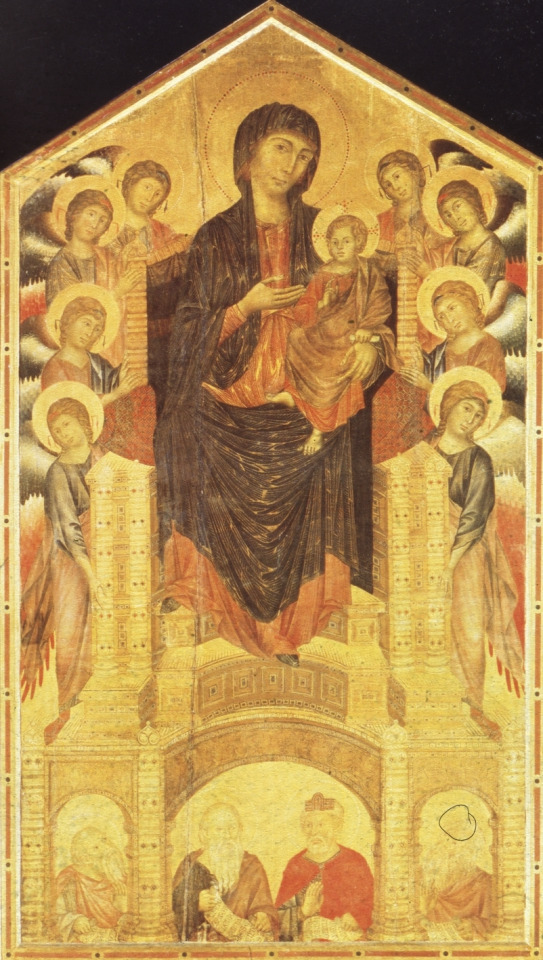Text
Acanthus / Akanthus A decorative leaf motif based on acanthus leaves, a mediterranean species of plant. Notably featured in corinthian and composite captials.
Baluster / Baluster Wide, pear-shaped, rectangular, or otherwise rounded pillars of railings of balconies.
Festoon / Feston A decorative carved wreath that features flowers, fruits, and leaves. Hung across two points. A form of relief. There are also vertical hanging versions. Garlands / Girlanden are slightly different in their form. Busts and sculptural work Herma / Herme - Bust with a rectangular base Terme - A long geometric base with an anthropomorphised upper section with a head and torso.
Other decorative terms - Candelabra / Kandelaber - Palmettes / Palmetten - Trophäenornamente - Vases / Vasen
Landscape Garden / Landschaftsgarten Originated as a counter-movement to Baroque gardens in 1720 in England. It is a depatrure from strict, geometrically shaped gardens and an embrace of openness. This reflects its values in idealism, liberalism, and humanism. The most prominent landscape architect was Lancelot ‘Capability’ Brown.
0 notes
Text
Fort / Burg A defensive structure that acts secondly as a place of residence as well for an individual or a collective group of people.
Elevated Fortresses / Höhenburgen Simply put, these are forts erected at a higher elevation such as on mountains. The benefits of this in terms of defense are the elevation grants an open view of oncoming attacks and makes the fort harder to reach.
Hilltop Fortress / Gipfelburg: Has four steep sides. Spur Fortress / Spornburg: Has three steep sides. Ridge Fotress / Kammburg: Has two steep sides. Hillside Fortress / Hangburg: Has one steep side.
Lowland Fortress / Niederungsburg - Wasserburg - Turmhügelburg A fortress that is surrounded by water.
Palace / Palast An expensive place of residence founded by a noble family in the middle of the city.
Villa / Villa A place of residence outside of the city, a kind of summer vacation home to escape to.
Fassade / Fassade The front facing wall of the structure on which the rest of the building’s design is based off of.
Rustication / Rustika A method in wall building that breaks up the otherwise even fassade into textured, outwardly pointing rocks/bricks.
Corps de logis Is the primary building of a mansion’s or palace’s structure as a whole.
Cour d´honneur Is a three sided courtyard, specific to French palace design in the Renaissance.
0 notes
Text
Anthropomorphism / Anthropomorphismus Adding human characteristics to animals and objects.
Seh-Erkenntnis Refers to the seeing of and reading of an image to recognize its subject.
Kombinationsfähigkeit Refers to the ability to piece individual components together of an artwork to effectively recognize the sum of the parts.
Sehsinn Our visual sense.
Concinnitas The process of arranging forms and structures into perfectly balanced proportions, weighing elements against each other without disrupting the sum as a whole.
Kompositionslehre The practice of composing or ‘composing’ in and of itself.
Virtù Fantastica A section of the brain that was thought to be the biological source of imagination.
The Grotesque Starting in 1500 this new concept in art emerged, seemingly in competition or opposition to well established artistic conventions such as linear perspective and art as imitation/mimesis of life. The principle of the Grotesque runs counter to rationality in art making. This suggests that conventional art forms follow some sense of order or imitation of natural law which are subverted by the Grotesque. The Grotesuque demonstrates the remixing of natural law and life forms, an adversely unnatural idea at the time with radical implications to some.
Kanz, Roland. "Groteske Phantastik und künstlerischer Eigensinn im Manierismus." Signatur und Phantastik in den schönen Künsten und in den Kulturwissenschaften der frühen Neuzeit, edited by Tim Becker, Raphael Woebs, and Martin Zenck, Munich, Wilhelm Fink Verlag, 2008, p. 149-168.
0 notes
Text
Faltenwurf / Drapery The arrangment, style, and dynamic expression of garment folds over a figure or object.
Types of Folds - German - Schlüsselfalten - Kleinteilige Parallelfalten - Ohrenfalten - Faltenbündel - Faltenwirbel - Röhren- und Hakenfalten - Faltenkaskade - Muldenfalten - Durchlaufende Schwungfalten - Röhrenfalten
Gewandstudien / Drapery Studies Following Leonardo Da Vinci, drapery became an essential compositional component. The arrangment of drapery folds communicates how much of a body and what kind of body is underneath. Drapery brings a sense of dynamism to the composition which makes the image feel more life-like and real.

The above sculpture demonstrates either ‘Röhren- und Hakenfalten’ or a light ‘Faltenkaskade’. Maybe a combination of both??
Naumburger Meister, Johannes, Naumburger Westlettnerportal (Portal des Westlettners), ca. 1230, Naumburg Cathedral
© Der Naumburger Meister. Compiled/edited by von Hartmut Krohm, Vol. 3, Petersberg, Michael Imhof Verlag, 2012.
0 notes
Text
Sakralbau A sacred building due to religious, spiritual, ritual, ceremonial, or cultish significance.
Martyrium / Martyrium A religiuous structure such as a church or a temple that is built in memoriam of a martyr (Märtyrer), usually housing the martyr’s tomb or relics of the matryr.
Zentralbau A building with equally long x and y axes.
Längsbau A building with an axis that is longer than the other. Example: Basilica / Basilika.
Tholos A centrally planned building (Zentralbau) that takes on a circular form, a peristyle of columns, and a domed roof, originating in the antiquated period.
Tholobate / Tambour The support on which the temple dome is erected.
Dome / Kuppel A hemispherical shaped roof which tops a building. The dome as a ceiling for temples and churches was valued for the associations between the circle and perfection. The circle is understood as the perfect shape because it embodies the state of beauty at perfect balance.
Cella The main and centre-most room of a temple.
Peristyle / Peristyl A colonnade of columns that runs around the perimeter of an area or building. Peripteral Temple / Peripteros: A temple that has a peristyle. Famous Peripteral Temples: - The Parthenon - Tempietto - L'église de la Madeleine

Donato Bramante, Tempietto, 1500-1510, Medium, 10 m (height) Dimensions, San Pietro Montorio, Rome. © Strunck, Christina. Rom: Meisterwerke der Baukunst von der Antike bis heute. Petersberg, Michael Imhof Verlag, 2007, p. 47.
0 notes
Text
Stylobate / Stylobat The top most step and acting base of Roman and Greek temples.
Column / Säule Round pillars of varying types that support the roofs of buildings.
Flute / Rille The narrow indentations that run along columns from top to bottom which are common in the architecure of the antique. They serve no structural function. They are valued for how they beautify and break up the otherwise rigid form of the cylindrical columns.
Capital / Kapitell Decorative toppers of columns that occur in different styles mainly Doric, Ionic, and Corinthian.
- Doric Column / Dorische Säule A style of column distinguished by their simple topper on the column shaft and wider gaps between the flutes.
- Ionic Column / Ionische Säule Ionic columns differ from Doric columns in that they are slimmer. Ionic capitals have a round, curled decoration, resembling a rolled up scroll. The gaps between flutes are slim.
- Corinthian Column / Korinthische Säule Corinthian columns feature an ornate capital.
Pillar / Pfeiler Like a column but does not taper or have capitals. Usually meets the base/flooring directly with nothing in between.

Entablature / Gebälk The external elements of a temple such as it’s triglyphs, metopes, and friezes.
Order / Ordnung The sequence of the above elements such as Roman Doric Order (Tuscan Order) and Corinthian Order.
© Jones, Mark Wilson. “Designing the Roman Corinthian Capital.” Papers of the British School at Rome, Vol. 59, London, British School at Rome, 1991, pp. 89–150.
Magnago Lampugnani, Anna and Gina Möller. “Sakralbau 1.” Methoden- und Formenlehre II: Von der Renaissance bis zur Frühen Moderne. 18 May. 2020, Heinrich Heine University. Lecture.
Woodford, Susan. The Parthenon. Minneapolis, Cambridge University Press and Lerner Publications Co, 1983.
1 note
·
View note
Text
Chiaroscuro A tonal effect used in painting, described as a strong contrast between light and dark. Paintings with this effect often depict bright figures in front of dark backgrounds. The figures are usually partially shrouded in shadow to make the painting more dramatic and to make the brighter colors pop.

Caravaggio, The Conversion of Paul, 1600, Oil on canvas, 237 cm × 189 cm (93 in × 74 in), Odescalchi Balbi Collection, Rome. © Sgarbi, Vittorio, Caravaggio, Milan, Skira, 2005, p. 113.
0 notes
Text
Mural / Wandmalerei A painting that is affixed to a wall. Can be indoors or outdoors.
Fresco / Fresko Known as a method of painting in which the artist applies color to wet plaster. The painting binds to the plaster material as the plaster dries.
Famous Frescoes
- Giotto, Adoration of the Magi, 1305, 2 m x 1.85 m, the Arena Chapel, Padua - Raphael, Parnassus, 1510-1511, 650cm (width), Stanza della Segnatura, Rome - Diego Rivera, The Detroit Industry Murals series, 1933, Detroit Institute of Arts, Detroit

© Reale, Giovanni. il "Parnaso" : una rilettura ermeneutica dell'affresco con la prima presentazione analitica dei personaggi e dei particolari simbolici, Milan, Rusconi, 1999.
0 notes
Photo

Jean-François Niceron, Perspektivische Anamorphose von “Johannes auf Patmos”, Kupferstich, 1646. © Marie L. von Plessen. Sehsucht: Das Panorama als Massenunterhaltung des 19. Jahrhunderts, Frankfurt, Stroemfeld Verlag, 1993.
Visual Pyramid / Sehpyramide
The basis for perspectivally accurate drawings because it is essential for the construction of a horizontal and vertical layout of an object.
Vanishing Point / Fluchtpunkt
A point on the horizon of an image where all vanishing lines (Fluchtlinien) meet. Vanishing lines extend closer and closer together until they reach the vanishing point because objects appear smaller the further away they are.
Horizon / Horizont
A horizontal line on an image that indicates the separation between sky and earth.
Two and Three-Point Perspective / Die Zweifluchtpunktperspektive und Die Dreifluchtpunktperspektive
A perspective view which incorporates two or three vanishing points. Three point perspective is most often used to render buildings, portraying looking up at them from below. The opposite of this would be looking at buildings from above, a bird’s eye view (Vogelperspektive).

1 note
·
View note
Photo

Perspective / Perspektive
- Simply put, a way of seeing, a viewpoint. - The proportional relationships between our eye, the figures, objects and buildings around us, based on height and distance. - Linear Perspective / Zentral Perspektive: Is a technique used to create realistic depth, proportions, and order when rendering an image of people, places, and things. The roots of linear perspective involve mathematical and geometric study. - Bedeutungsperspektive: Pertains to a visual hierarchy present within images in which the position and emphasis of the present elements is based on the element’s importance. Realistic proportions and sizes are not the guiding principles here. Example: Cimabue, Maestà or Santa Trinita Madonna and Child Enthroned, 1280-90, Tempera on Panel, 385 x 223 cm, Galleria degli Uffizi, Florence.

© Chiellini, Monica. Cimabue, Florence, Scala Books, 1993, p. 51.
0 notes
Text
Sculptor / Bildhauer - “ist gegenüber dem Steinmetz mit künstlerischen oder kunst-handwerklichen Aufgaben betraut.” Direct quote from the Übung on Mahara - Someone who handles a pliable medium, manipulating it into figurative, representative, or abstract forms. - Famous sculptors: Michelangelo (1475 – 1564) Gianlorenzo Bernini (1598 – 1680) Alberto Giacometti (1901 – 1966) Donatello (1386 - 1466)
Stonemason / Steinmetz - Someone who uses stone as a medium / material in their work, profession, or hobby. - A notable stonemason was Sophroniscus, the father of Socrates.
0 notes
Photo

Praxiteles, Hermes and the Infant Dionysus, 4th c. BC, Parian marble, W: 2.10/2.12 m, H: 3.70 m, Archaeological Museum of Olympia
© Die Museen Griechenlands, compiled by Andronicos, M., Colgne, DuMont Buchverlag, 1992, P. 207, Figure. 17.
Contrapposto / Kontrapost - A sculptural and painterly convention stemming from the antique Greek period in which depicted figures put their weight on one leg, leaving the other bent at an angle. Qualities: - Asymmetry for a more interesting image - A vibe of casualness or calmness - A feeling of weight and volume to the figure giving it a more lifelike vibe - Attributes a stronger sense of personhood to the figure
German relevant terms - Standbein = Standing/supporting leg - Spielbein = Bent or angled leg - Bewegungsmotiv = Movement as a subject or motif - Schrägstellung = Crooked pose - Stütze = Sculptural support(s)
0 notes
Text
Sandstone / Sandstein

- Sandstone is soft and porous which makes it an easy medium to work with. Due to its more malleable characteristics, sandstone occurs frequently when sculptures depict dynamic movement or flowing, billowing garments.
Limestone / Kalkstein

- Limestone is an extremely versatile medium due to the number of ways it can be artistically handled and the forms/colors it naturally occurs as. - Limestone originates from the decomposition of prehistoric bones of animals, mussels, and other organisms.
Marble / Marmor

- Etymology: Marble stems from the latin word “marmairein” which means to shimmer, shine, or gloss. - Marble comes from limestone which has undergone an extremly hot and pressurized transformation process.
0 notes
Photo

Michelangelo, David, 1501-04, Marble, 5.5 Meters in height, Galleria dell‘Accademia © Die Skulptur der Renaissance in Italien, compiled by Poeschke J., Hirmer A., and Ernstmeier-Hirmer I., Vol. 2 “ Band 2: Michelangelo und seine Zeit”, Munich, Hirmer, 1990.
Sculpture / Skulptur - General term for 3 - dimensional artworks - Etymology: Comes from the latin word, sculpere, which means to carve - Mediums for reductive sculptural work include wood, marble, and stone. - Subcategory known as Plastic / Plastik: Rather than creating the final sculptural work through carving or cutting away, plastic works involve adding. Mediums that lend themselves to plastic works include molding mediums like clay and bronze.
German Terminology - Skulptur - Holz, Marmor, Stein - Bronze, Ton und Stuck - Plastik/ Vollplastik. Vollplastik refers to a fully rendered figure or sculptural thing, 360 degrees, meaning the front, back, sides, and top and bottom have been materially handled. A plastic could more generally refer to a relief as well which is not artistically rendered on all planes. English has no vocabulary to distinguish plastic from “Vollplastik.”
0 notes